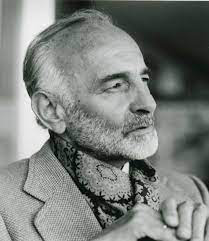


Wilhelm Binder (Silberwarenfabrik W. Binder) was founded in July 1868 in Schwäbisch Gmünd, a major center of the German silver and gold industry, initially as a silverware retail business. In 1873, Wilhelm Binder, the founder, became a co-owner of a small silverware factory alongside Dominikus Rudolph. A significant milestone came in 1884 when the company acquired the renowned silverware business of Dominikus Kott, originally established in 1829, which solidified its presence in the market.
Toward the end of the 19th century, Wilhelm Binder expanded its operations by building a new factory in 1898, employing around 300 people. This growth positioned Wilhelm Binder as one of the largest silverware manufacturers in Schwäbisch Gmünd, a city with over 120 gold and silver businesses at the turn of the century. In 1939, the company was taken over by the Köhler brothers, owners of the jewelry and goldsmithing company L. C. Köhler, founded in the 1890s.
Wilhelm Binder’s creations were known for their craftsmanship and adaptability to changing styles, especially during the late 19th and early 20th centuries. The company enthusiastically embraced the Art Nouveau (Jugendstil) style, though later designs were more restrained. One of its notable achievements was a gold medal at the 1937 Paris World Exhibition for a silver and ivory goblet designed by Wilhelm Wahl, cementing its reputation as a producer of high-quality silverware.